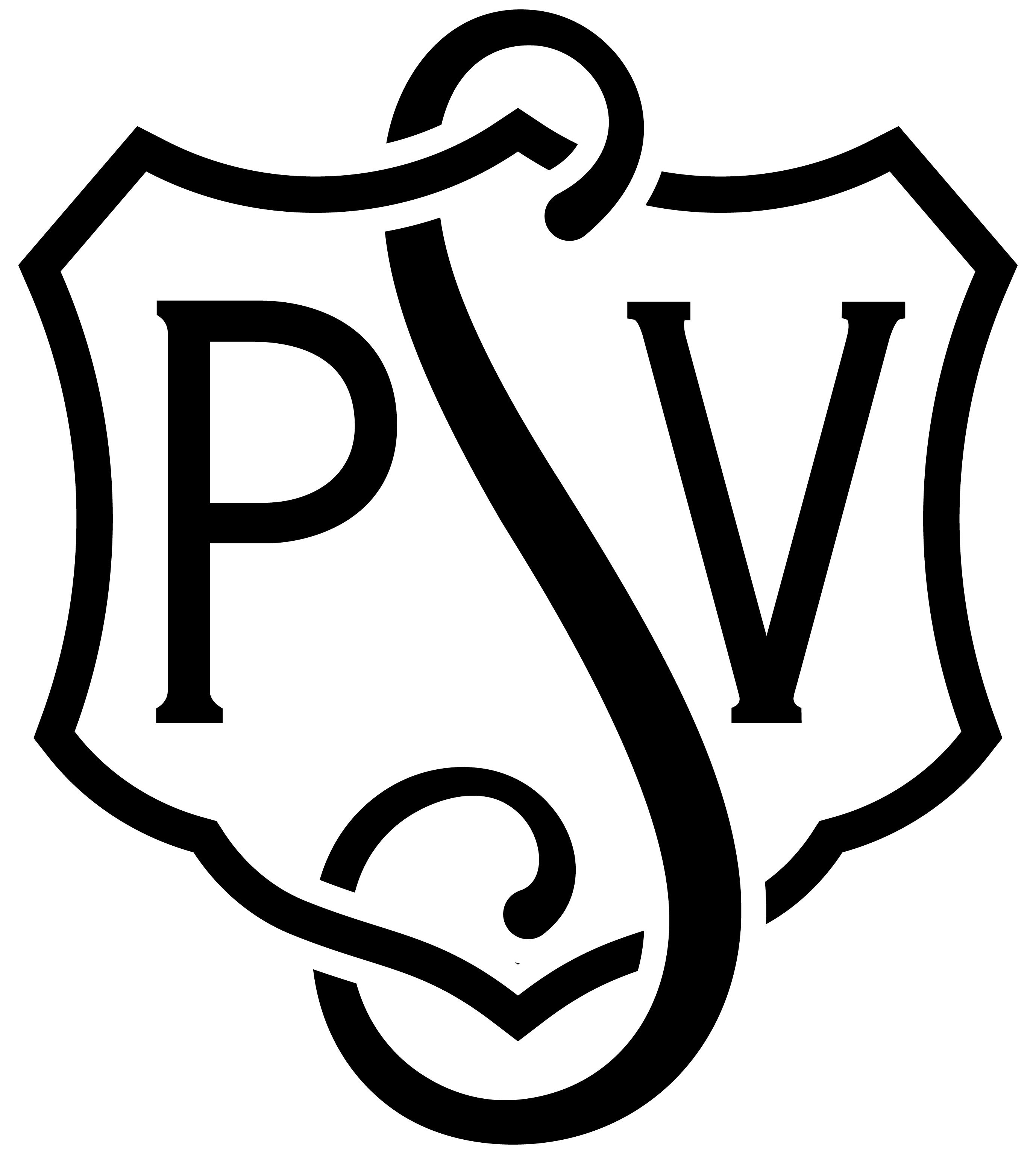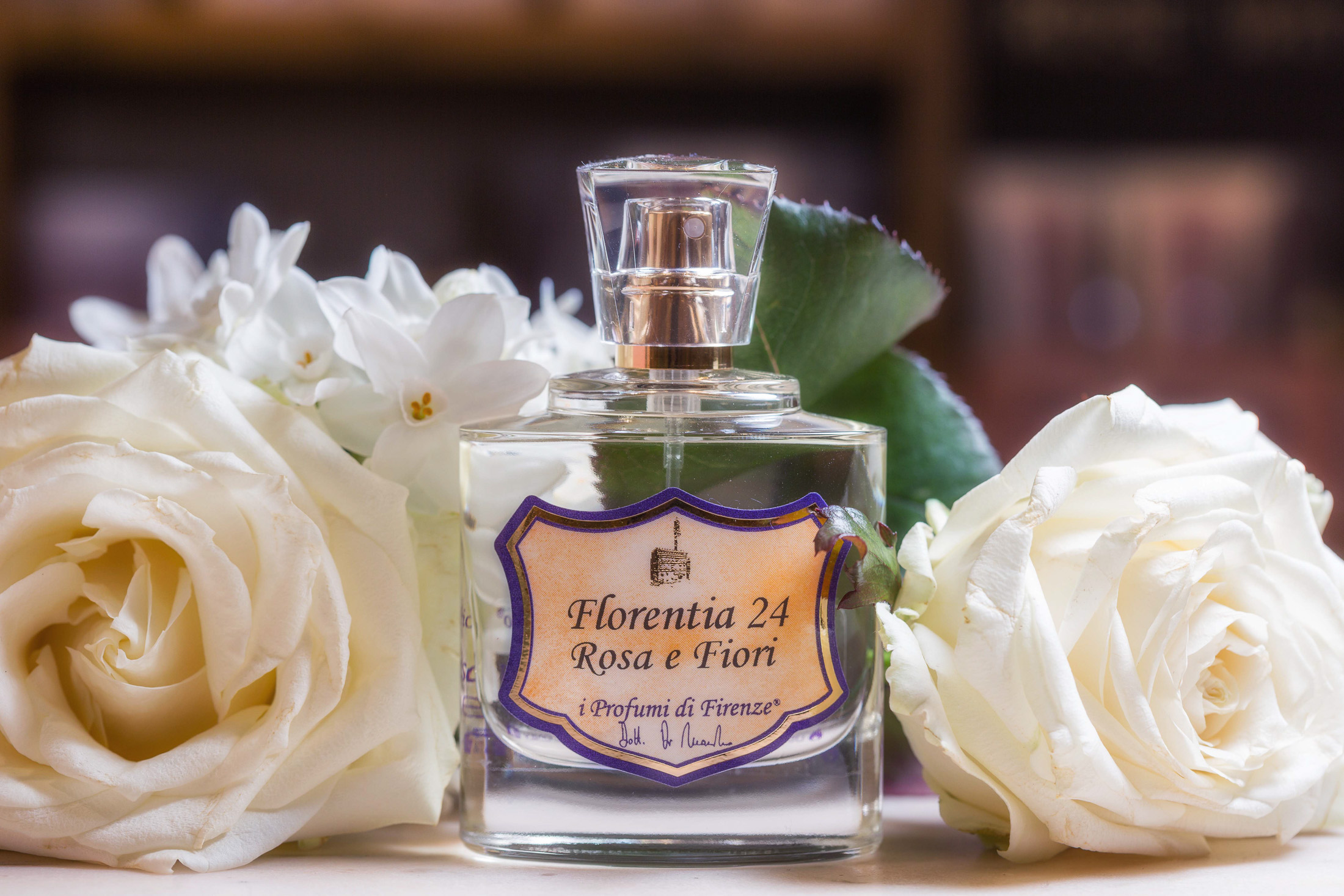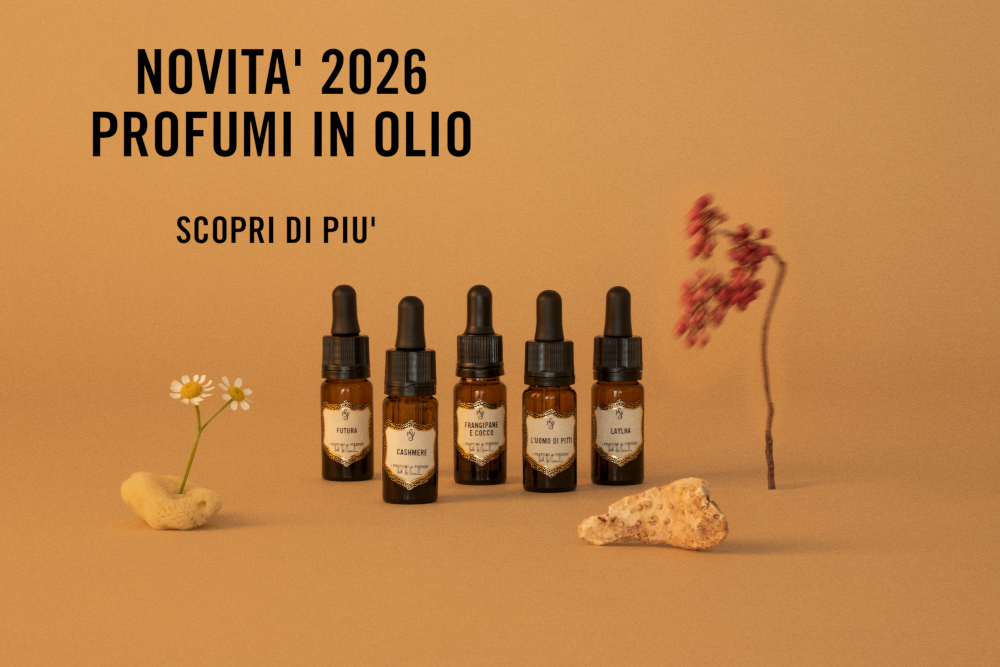If you don’t know the difference between a Chypre perfume and a Cypriot one, know that you’re in good company. Nevertheless, there is a difference and it lies in the reference raw materials that define the two facets. Today we will talk about the Chypre facet, while we will dedicate the next article to the Powdery facet.
The Chypre accord is a historic accord named after the island of Cyprus, which inspired Francois Coty in 1917 to create his perfume named “Chypre”. It was built on a base accord of Bergamot, Rose, Jasmine, Patchouli, Labdanum, and Oakmoss.
It had such great success that from that moment on, perfumes based on the same base accord were called Chypre. Today’s modern Chypre has replaced natural oakmoss, which is banned in perfumery, with Evernyl, a synthetic molecule that reproduces it fairly faithfully. Jasmine has been replaced by its isolated form, Hedione, and rose is usually also reproduced from natural molecules. Labdanum has been replaced by white musks, synthetic ones that smell clean.
What goes through my mind and heart when I smell a Chypre fragrance? Velvet, intense, deep Bordeaux, determined, solid, mysterious, provocative.
LA NOTTE DI ANGELICA
Our Chypre perfume is LA NOTTE DI ANGELICA. This fragrance is built on the historic accord and contains natural Bergamot, Patchouli, and Labdanum, while Rose and Jasmine are two reconstructed bases. In addition to the base accord, this wonderfully feminine and intense perfume contains honey, beeswax, and natural essential oils such as Elemi, Benzoin, Guaiac wood, Mandarin, Lime, Ebony and Cedarwood.
LA NOTTE DI ANGELICA is a perfume suitable from dusk onwards, it wants the darkness and mystery that only the night can give.
Francesca Di Massimo




